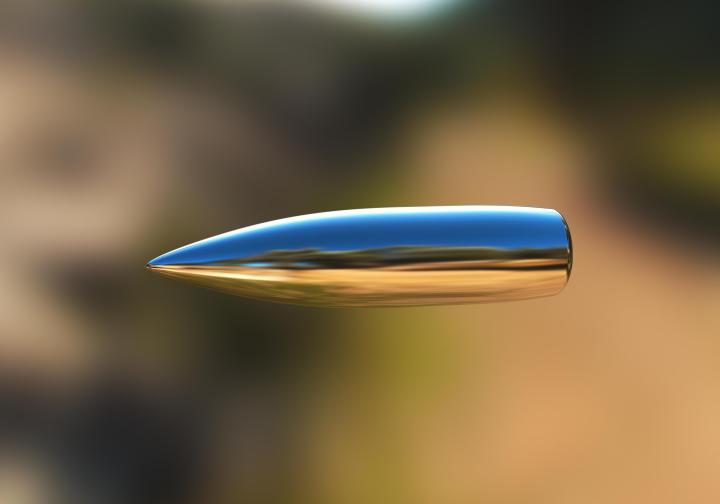
As part of its Extreme Accuracy Tasked Ordnance (EXACTO) program, DARPA recently conducted the first successful live-fire tests demonstrating in-flight guidance of .50-caliber bullets. The video below video shows these special EXACTO rounds maneuvering in flight to hit targets that are offset from where the sniper rifle is aimed.
According to the project’s webpage, the bullets make use of a special optical sighting technology and integrated real-time guidance system to track and deliver the projectile to the target, compensating for weather, wind, target movement, and other unexpected factors that might impede successful hits. In a lot of ways, they’re almost more like missiles than bullets.
What’s even crazier is that what we’re seeing in the video is just the second phase prototype. The technology inside of the bullets is continually improving, and DARPA has plans to refine the power sources, guidance system, and sensors in the future to enhance performance.
[image via Shutterstock]



